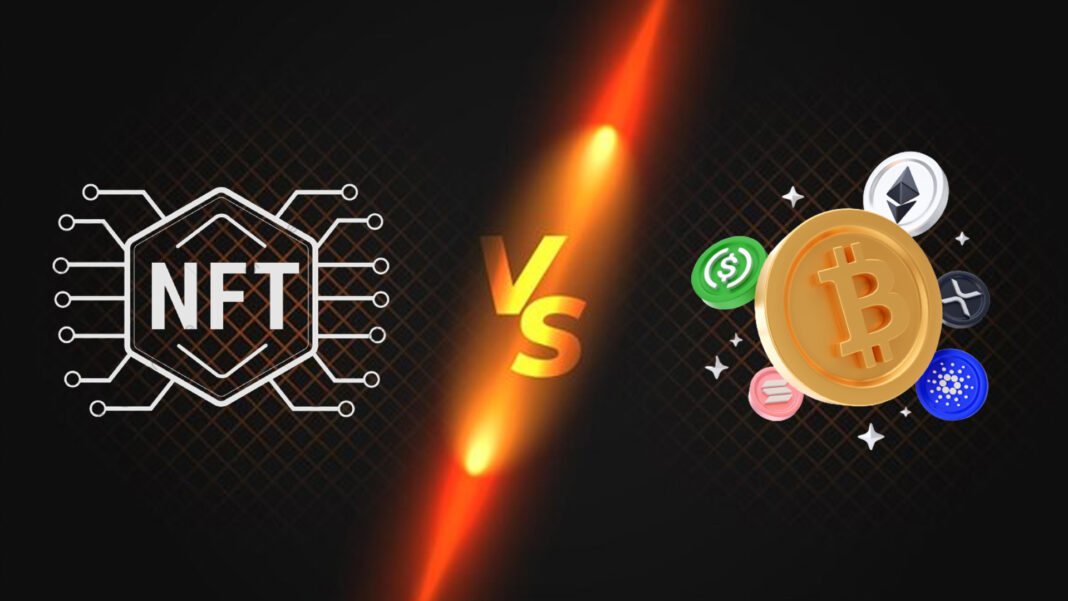Key Points:
- NFTs and Cryptocurrencies: A Brief Overview:
- Introduce NFTs and cryptocurrencies, outlining their distinct purposes and functions within the blockchain ecosystem.
- Explain the concept of proof-of-work (PoW) and proof-of-stake (PoS) consensus mechanisms that underpin these technologies.
Introduction
In the ever-evolving digital landscape, the growth of blockchain technology has brought both innovation and concern. Two areas that have garnered significant attention are Non-Fungible Tokens (NFTs) and cryptocurrencies. While both have revolutionized various industries, the energy consumption associated with these technologies has sparked debates about their sustainability. Let us delve into the energy consumption of NFTs and cryptocurrencies, exploring their similarities, differences, and potential implications.
- Energy Intensive Blockchains:
Explore the energy consumption of blockchain networks using the PoW consensus mechanism, focusing on cryptocurrencies like Bitcoin and Ethereum.
Discuss the environmental concerns raised by the substantial energy requirements of PoW-based systems.
NFTs and PoW Energy Consumption:
Examine the energy consumption associated with NFTs created on PoW-based blockchains.
Highlight instances of energy-intensive NFT minting and transactions, and their potential impact on the environment.
Transition to PoS and Energy Efficiency:
Discuss the transition from PoW to PoS consensus mechanisms in both NFTs and cryptocurrencies.
Explore how PoS networks are designed to be more energy-efficient and their potential to alleviate environmental concerns.
- Cryptocurrency vs NFT Energy Use:
Compare the energy consumption of cryptocurrencies and NFTs, considering factors like transaction volume, blockchain size, and network complexity.
Analyse the environmental trade-offs between the two technologies.
Energy Consumption in NFTs vs Cryptocurrency: Balancing Innovation and Responsibility
As NFTs and cryptocurrencies continue to reshape industries and economies, it is important to strike a balance between innovation and environmental responsibility. While both technologies have faced criticism for their energy consumption, the transition to PoS networks offers a potential solution. PoS mechanisms, embraced by Ethereum and NFT platforms, significantly reduce energy requirements.
In the broader context, addressing energy consumption involves technological advancements, regulatory considerations, and conscious decision-making. The adoption of more sustainable consensus mechanisms, coupled with the development of renewable energy sources, can pave the way for a more environmentally friendly blockchain ecosystem.
Conclusion
The energy consumption associated with NFTs and cryptocurrencies is a critical topic that requires careful analysis. While PoW-based systems have raised concerns, the transition to PoS mechanisms holds promise for reducing environmental impact. Ultimately, the trajectory of these technologies depends on a collective effort to prioritise energy efficiency and sustainable practices.




